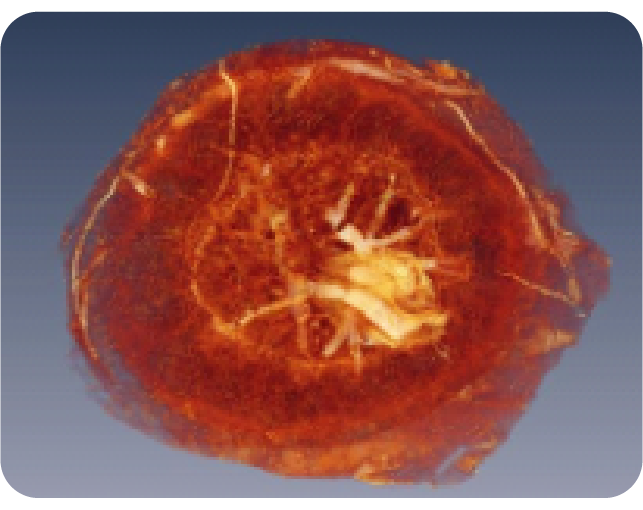Thank you and farewell Professor Graham Galloway
The National Imaging Facility (NIF) would like to acknowledge and thank founding NIF Director Professor Graham Galloway for his outstanding contribution to imaging in Australia as he finishes his role as NIF Chief Executive Officer.
Graham has been instrumental in establishing collaborative research infrastructure nationally. His vision led to the formation of NIF and his enormous efforts in the 2016 Research Infrastructure Road Map expanded NIF capabilities nationally.
Graham’s leadership, passion and dedication as founding Director of NIF and Chief Executive Officer for the past 15 years will have significant impact on the Australian research capabilities for future generations.
“It has been an incredible privilege to have been part of a dedicated team and I thank them all for their unending loyalty and support. I am particularly indebted to the staff of NIF Central, without whom none of this would have been possible. The strength of NIF is not in the hardware alone, but the expertise of the Facility Fellows, whose commitment has enabled the great research. Finally, I have been blessed being part of the wider national research infrastructure, and I thank my many NCRIS family colleagues, who I count as valued friends.” Professor Galloway said.
NIF acknowledges Graham’s tireless work in imaging and a research career that has always placed him at the forefront of developments in the field, from his first postdoctoral fellowship at Oxford University, coinciding with the arrival of the first whole body magnetic resonance system capable of performing MR spectroscopy, to leading the team to install the first 7T MRI in Australia. Graham was further recognised by the International Society of Magnetic Resonance in Medicine (ISMRM) as the 2021 ISMRM Fellow of the Society for his establishment of national and international infrastructure. An acknowledgment for his pioneering work in building national imaging research facilities and programs, and for national and international leadership in MRI technology and education
The NIF Board and the University of Queensland are delighted to announce the appointment of Professor Wojtek James Goscinski as the Chief Executive Officer of the National Imaging Facility to lead the next stage of NIF’s growth and development.
Wojtek has been the founding Coordinator and Platform Director of MASSIVE, a national high-performance data processing and analytics facility at Monash University with national impact and an international profile. He leads the Australian Characterisation Commons at Scale project, which is a partnership between the Australian Research Data Commons, the National Imaging Facility, Microscopy Australia, and nine Australian Universities.
NIF would like to warmly welcome Wojtek to the NIF community and wish Graham all the best in his new endeavours.






